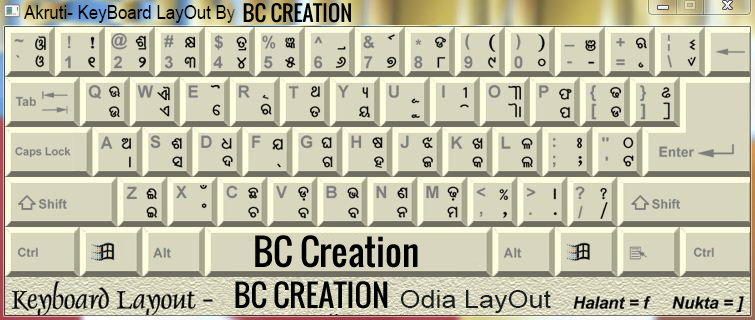

- #Windows 7 how to install bulgarian cirilic fonts pro#
- #Windows 7 how to install bulgarian cirilic fonts code#
- #Windows 7 how to install bulgarian cirilic fonts iso#
- #Windows 7 how to install bulgarian cirilic fonts download#
- #Windows 7 how to install bulgarian cirilic fonts mac#
#Windows 7 how to install bulgarian cirilic fonts mac#
Mac /Users/USERNAME/Library/Preferences/Adobe InDesign/Version 7.5/en_US.Win C:UsersUSERNAMEAppDataRoamingAdobeInDesignVersion 7.5en_US.To remove dictionaries that you’ve installed, in addition to undoing the changes listed above, you will need to delete the file named InDesign Defaults located at: Open the ist file in a text editor application and use the name obtained in step 4 to add string elements to the SpellingService and UserDictionaryService arrays and/or HyphenationService array.Mac /Library/Application Support/Adobe/Linguistics/5.5/Providers/Plugins2/AdobeHunspellPlugin.bundle/Contents Win C:Program FilesCommon FilesAdobeLinguistics5.5ProvidersPlugins2AdobeHunspellPlugin Mac /Library/Application Support/Adobe/Linguistics/5.5/Providers/Plugins2/AdobeHunspellPlugin.bundle/Contents/SharedSupport/Dictionaries Win C:Program FilesCommon FilesAdobeLinguistics5.5ProvidersPlugins2AdobeHunspellPluginDictionaries Create a folder with this name, and place the.For example, the name for Hindi will be hi_IN, and the files should be named hi_IN.aff, hi_IN.dic and hyph_hi_IN.dic.

#Windows 7 how to install bulgarian cirilic fonts iso#
#Windows 7 how to install bulgarian cirilic fonts download#
#Windows 7 how to install bulgarian cirilic fonts code#
The ID is the code used internally by InDesign. To know which values to use, please refer to the ISO 639-1 language codes list, and the ISO 3166-1 country codes list. The values of pnam and plng will need to be in synch. The value of plng in line #543: plng=”k_az~sep~AZ”.The value of ID in line #5: ID=”rl_12D”.The value of pnam in line #5: pnam=”rk_az~sep~AZ”.


To enable other languages using this method, you can open one of the INX files in a text editor application and make some changes to it. Like Turkish, the Latin representation of this language makes a distinction between a dotted and a dotless letter i, so in order to avoid ambiguity it’s necessary to prevent the fi-ligature from forming. Here’s another example of a customized INX file which will enable Azerbaijani, a.k.a. To enable the language on other documents, select, copy and paste the text frame onto them. The added language will be available only in this document and will go away as soon as you close it. On the right is the shape preferred for Serbian. On the left is the shape preferred for most Cyrillic languages, such as Russian.
#Windows 7 how to install bulgarian cirilic fonts pro#
Notice how the shape of the Cyrillic letter be (б) in Minion Pro is different when you switch to Russian.Ĭyrillic letter be. For example, Serbian (Cyrillic locale) can be enabled by opening a customized INX file in InDesign. This technique will not magically add spelling and hyphenation capabilities for the enabled language, but it will trigger language-specific OpenType lookups that may exist in the fonts. One way you can add more entries to the Language dropdown list is by opening a specially crafted INX file. The file locations have changed in InDesign CC 2015 Instructions for InDesign CS6 and InDesign CC are available at List of the languages supported out of the box by InDesign CS5.5īut what about other Arabic languages such as Urdu and Uyghur? Or Indian languages such as Hindi or Tamil? Or even other European languages such as Gaelic? Is it possible to enable those? The answer is yes, and there are two ways of doing it.


 0 kommentar(er)
0 kommentar(er)
